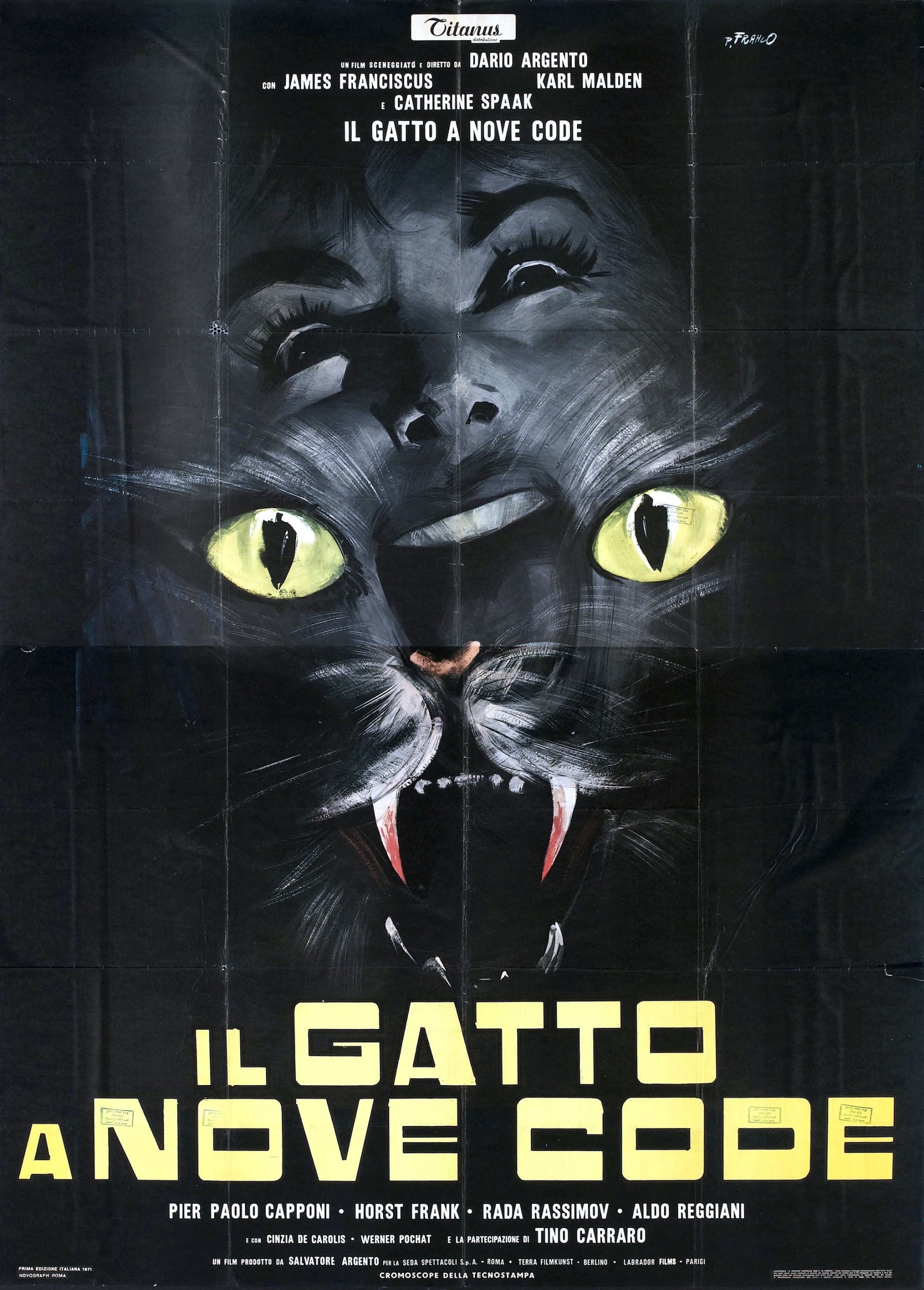

In 2005, he directed the TV film, Do You Like Hitchcock!, a homage to famous director Alfred Hitchcock.

Although there was much praise for the Techno score, most critics found it too mainstream and complained it lacked Argento's usual flourish. The latter was both praised and panned by critics. He started the 2000's with the film Non Ho Sonno/Sleepless in 2001 and continued with Il Cartaio/ The Card Player in 2004. He finished the 90's, with Il fantasma dell'opera/The Phantom of the Opera. In the same year, he made the first Italian film that made use of CGI effects, this with La Sindrome di Stendhal/ The Stendhal Syndrome. Sergio Stivaletti would later direct the film, with screenwriting credits given to both Argento and Fulci.

Fulci died in march of 1996, just when Argento was able to gather funding. The project was postponed continually however, this was due to financial problems. The film had become notorious for the real-life misfortunes, constisting out minor accidents and mishaps, that plagued the production.ĭuring the early 1990's, Argento and fellow Italian director Lucio Fulci were planning to make The Wax Mask. He returned to directing films in 1987, with Opera. Both Tenebrae and Phenomena got lukewarm receptions on their initial release, but each has been reappraised in later years.Īfter Phenomena, Argento took a break from directing however, this in favor of writing screenplays for Lamberto Bava's: Dèmoni and Dèmoni, released respectively in 19. It was the first time, the director would use steadicam. In 1985, he combined giallo and supernatural fantasy with Phenomena. Between Inferno and The Mother of Tears, he made a whole slew of films, started with returning to Giallo genre, with Tenebrae in 1982. He also oversaw its European release, which was renamed to Zombi. He also provided the soundtrack for the film. Between Suspiria and Inferno, he worked on Dawn of the Dead, with George A. It became the first part of his The Three Mothers trilogy, with Inferno in 1980 and The Mother of Tears in 2007. His work on the giallo genre made him world famous and would inspire other horror directors greatly.Īrgento's most well-known work, Suspiria was released in 1977. Deep Red is often cited as the best giallo ever made. After a short break from the genre, where he filmed two TV dramas and a period comedy, he continued his legacy with Deep Red, in 1975. It would become known as Argento's "animal trilogy". It became a major hit in his native country and inspired to Argento to create two sequels for the film, with Il gatto a nove code/ The Cat o' Nine Tails in 1971 and 4 mosche di velluto grigio /Four Flies on Grey Velvet in 1972. It was a giallo film, and was released in 1970. In 1969, after the release of the western, he started his carreer as director, by making his directorial debut, L'uccello dalle piume di cristallo, better known as The Bird with the Crystal Plumage. The highlight of his screenwriting carreer would be his collaboration with Bernardo Bertolucci, for Sergio Leone's spaghetti western, Once Upon a Time in the West. While he was a columnist at the newspaper Paese Sera, he started to become more involved with making films, namely by starting his carreer as a screenwriter.

In high school, he already wrote for various maagzines and instead of attending college, he took a job as a columnist. Before becoming a screenwriter and later a director, he was a film critic. He is the son of the Italian film producer and executive Salvatore Argento, and the Brazilian-born photographer Elda Luxardo. He is known for his contributions to the Giallo subgenre and his influenceĭario Argento was born in Rome, Italy, in 1940. 50 years Image(s) of Dario Argento Dario Argento (born September 7, 1940) is an Italian film director, producer and screenwriter best known for horror films.


 0 kommentar(er)
0 kommentar(er)
